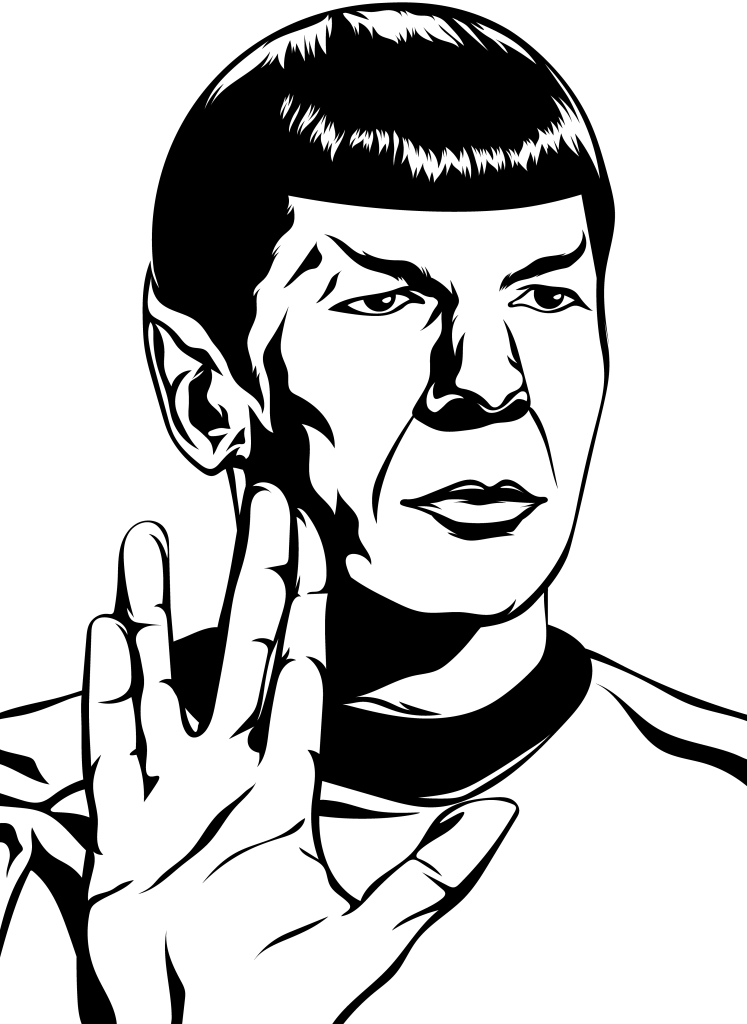
When I was growing up I wanted to work on a starship.
Science Officer or Captain – I wasn’t too fussed. I just loved the idea of flying out into the unknown, meeting new people, and exploring strange new worlds. Throughout my life I have always embraced leadership challenges and intentionally taken myself out of my comfort zone even when it might have been easier to continue along a particular path. Those words ‘ to boldly go’…they have lived with me since I first met Spock and Captain Kirk over 40 years ago.
Growing up I thought that being bold meant making fast, decisive decisions. I probably thought it meant being brave. A bold person would surely jump in rather than be reticent. Later, as a soldier, I thought being bold was a virtue linked fairly close to being heroic. Captain Kirk would have done it this way. Who doesn’t want to be heroic?*
But now that I am moving towards ‘middle adulthood’ (this article is great) I am not so sure whether being bold is what I want to be. As I have grown older, with more and more responsibilities, making choices has become more and more difficult: it is one thing making decisions that impact yourself, it is another thing entirely when you are making choices that affect others. It is hard enough walking the thin line when no one is watching; it is exponentially more difficult when a leader is walking the same line with Captain Hindsight and everyone else watching you in the Arena
Rather than trying to be bold, I am now more interested in making the right sort of choices. If they turn out to be bold – even better. But there is a difference.
My leadership team is currently grappling with a conundrum. As we come to the end of the current school year, we are working out what our priorities should be for the new school year. The context will be familiar to you: we remain fixed in a global pandemic that is not going anywhere; staff well-being is being affected by extreme uncertainty; separation; cognitive overload…and so on.
Here are two questions we are asking ourselves:
- Should we give teachers the space they might need to recharge by delaying the project until things are back to normal?
- Should we continue with the project as, even if it will be additional work, it is inspirational and we think it will provide both a welcome distraction and exciting professional development?
This recent article from the New York Times on Flourishing v languishing has us thinking that we need to help staff, students (and ourselves) to flourish rather than languish at times like these. But at the same time, even Captain Kirk’s chief engineer, Scotty, sometimes used to shout out “I’m giving her all she’s got, Captain! She cannae take anymore!”. There are always limits to how far we can push things.
So one could argue that choosing either of these possibilities is bold.
As it happens, it is not to Kirk or Spock that I have turned to for advice this week. Rather, it is to the less fictional General William Slim, who commanded the 14th Army for the Allies in Burma following the surrender of Singapore in 1942. Slim is widely cited as one of Britain’s finest generals but he is also one of the least well known; indeed the 14th Army is often called the ‘Forgotten Army’ because despite it being the largest army in the world (by 1945), the British press were more preoccupied with the war in Europe than a faraway Army comprised mainly of Indian troops (with some British and African Divisions too).** In 1945, Slim commanded over a million multinational troops and his leadership helped turn Defeat into Victory in one of the most challenging and successful campaigns fought in the War. So what is Slim’s advice?
When you cannot make up your mind which of two evenly balanced courses of action you should take – choose the bolder.
There are a few things to take from this:
Firstly, there is nothing spontaneous in what he is suggesting. Systematic evaluation of the pros and cons of different courses of action might eventually lead to two seemingly evenly matched choices that might be made. Others have been considered and discounted.
Secondly, Slim accepts that whatever the course of action selected at this point, there is no such thing as certainly in the outcome – there is no such thing as guaranteed success as there are too many variables to second guess.
Thirdly, at this point, and only at this point, the boldest choice should be made – the most innovative, ingenious and surprising choice. But ultimately, Slim believed that the bolder choice would inspire his soldiers and help with the maintenance of morale – the magic ingredient for winning the long war. Slim was bold, but never reckless.
To boldly go. That’s all I ever wanted to do. But I need to do it the right way.
*For the record, I was lucky enough to avoid being faced with that particular dilemma.
** I acknowledge that there is a much longer conversation that could be had here but I also want to try and remain vaguely on topic.
__________________________
Slim, William (1956) Defeat into Victory. Cassell: London